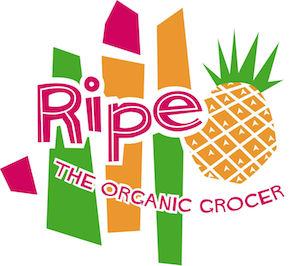Poor brussels sprouts. They don’t get the best response from most people. Unfortunately, their season is short and they are often cooked badly, and end up resembling formaldehyde.
Brussels sprouts are in season late autumn to early winter. They grow a plenty up a heavy stalk, from the bottom to the top, that reaches around 60cm with a top of large leaves(to the amazement of everyone who sees it for the first time). It looks like a big (but green) chup-a-chup stand. They are the product of selective breeding (in Belgium) of the cabbage species, producing perfect mini cabbages.
Like most other winter vegetables, brussels sprouts do not develop their delicate sweet, nutty flavour until the cold weather arrives. Brussels sprouts should appear firm and feel heavy with a good bright green. Avoid those that have any wilting or yellowing leaves, and those that haven’t formed a good dense head. Brussels sprouts keep well in the refrigerator bit use within a few days of purchase as old brussels sprouts become bitter. Smaller they are, the less bitter.
It is considered that brussels sprouts tastes better when cooked quickly. This is a good rule as to avoid their negative history. You can try cutting out the core and just using the leaves, wilting a little with salt and pepper, some garlic and premium olive oil. If they are small, halving them and steaming them is ideal. Brussels sprouts go very well with butter and for a softer version, cook them with stock (vegetable or chicken) in the oven until the liquid disappears. Pour in enough liquid so that they are half-way covered.
They are also delicious if you stir fry them in sesame oil with a little grated ginger, some tamari and some organic honey. Pop a lid on them for a few minutes to let the steam cook them, you don’t want them to dry out.
Organic brussels sprouts will usually have a few leaves on the outside that are a bit holey and will need to be removed. But this does not necessarily indicate a poor brussels sprout.

